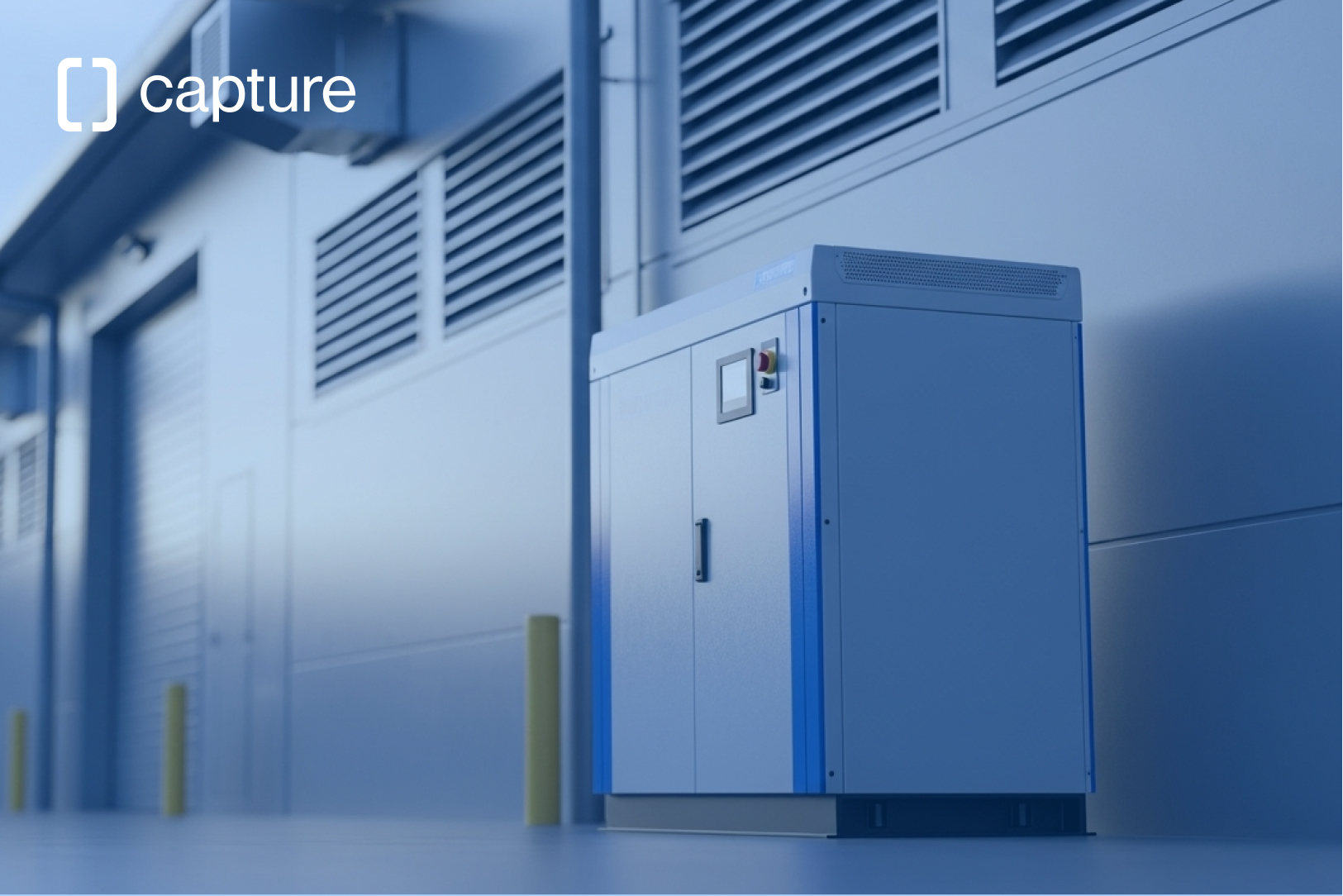Octopus Agile prices explained: How the tariff works (2025)
Octopus Agile is a dynamic electricity tariff from Octopus Energy that tracks wholesale electricity prices on a half-hourly basis. This means the amount you pay for electricity changes every 30 minutes based on real-time market conditions. In this guide, we explain how Octopus Agile works, who it suits, and how Capture can make managing it seamless.
.png)
The topic in a nutshell
Octopus Agile prices change every 30 minutes based on real-time market rates – prices can even go negative.
To optimise this tariff, you need a half-hourly smart meter and a battery system that can automatically manage the daily price changes.
We automate your battery to buy low, use smart, and sell high, so you can save and earn without lifting a finger.
Currently in 2025, Octopus Agile is the only true time-of-use electricity tariff that allows UK households that access wholesale market prices. Every afternoon at 4pm, prices for the next day are published, showing when electricity will be cheapest or most expensive. Prices often fall overnight or during periods of high wind and solar generation, while evening demand pushes prices up. With the right system, you can shift when you buy and use electricity to take full advantage.
What are today's Octopus Agile rates?
The charts below show today’s Octopus Agile Import and Export prices. Import prices are what you pay to buy electricity from the grid, while export prices are what you earn for selling excess electricity back – for example, from solar panels or a battery. Prices are calculated as a function of wholesale electricity prices, regional grid costs, time-of-day adjustments (including a peak uplift between 4–7pm), and VAT.
Which export tariffs is Agile compatible with?
If you do have generation capacity (like solar or a battery), you can pair Agile Import with one of several export tariffs. While Agile Export gives exposure to the wholesale markets, tariffs such as Octopus Outgoing Fixed offer more certainty with its 15p/kWh fixed rate. You can also combine Agile Import with the Octopus SEG rate, however, you would be missing out on an additional 11p/kWh that you get on Outgoing Fixed.
How much do Octopus Agile prices change?
During 2024, Agile Import prices ranged from 99.99p/kWh at their highest to -8.40p/kWh at their lowest – meaning at times you get paid to use power. The 99.99p/kWh represents the price cap for import, so you’ll never pay more than this for electricity. Agile Export prices have ranged between 93.10p/kWh and 0.00p/kWh. The 0p/kWh represents the lower bound for export, meaning you’ll never be charged to export electricity back to the grid.
Because Octopus publishes the next day's 48 half-hour prices for both Agile Import and Agile Export at 4pm, [Capture AI] knows when to buy and sell your electricity to maximise savings and revenue.
{{quote}}
How much can I save using Octopus Agile?
While these price swings may seem extreme, volatility creates opportunity, especially for households with a smartly managed battery. Even on days with high peak prices, there are typically 4 30-minute windows where prices fall below 20p/kWh, and often under 10p/kWh on windy or sunny days. If a smart system is able to charge your battery during just the 4 cheapest periods each day, your average import cost can drop to around 15p/kWh. This allows households to achieve lower average costs than a fixed tariff on any given day.
Occasionally, prices even turn negative. The chart below shows a real example of how [Capture AI] charged up one customer’s battery whilst prices were negative on a day in May 2025, paying them to use electricity. Read the full article on how this customer now gets their electricity for free.
Who can switch their tariff to Octopus Agile?
Anyone with an Octopus Agile requires an Octopus Energy account and a compatible smart meter capable of half-hourly readings (usually SMETS2 or upgraded SMETS1) can switch to Octopus Agile. The smart meter is required, as it’s a half-hourly electricity tariff and consumption needs to be recorded in those intervals for accurate billing. Fortunately, Agile has no exit fees, so you can switch away if your circumstances change. While Agile is accessible for most households, the better question is wether it makes sense for you to switch to Agile.
Is Octopus Agile worth it for you?
In order to assess this you need to check if you can overcome Agile’s two main challenges:
- Price volatility: can you protect yourself against rate hikes by shifting electricity imports from the grid?
- Complexity: can you frequently adjust your electricity import to the 48 price points that update daily?
Octopus Agile Import is best suited to homes with battery storage which can control when they import electricity: Charge the battery when prices drop and use it when prices peak. The same applies to Agile Export, where solar and battery should export electricity to the grid at the most valuable times. However, this only works if your system’s charging schedule is managed intelligently.
“Dumb batteries” can only charge and discharge based on simple timers or solar generation, without reacting to Agile’s daily price changes. This often means missing negative prices or charging when rates are already rising. Without daily rescheduling, savings are limited. Read more about the difference between dumb and smart batteries. With Capture AI, your battery adjusts automatically every day to capture the cheapest import and best export windows.
Solar-only systems export electricity as it's generated, typically during midday when prices may be low. Without a battery, you can’t shift exports into the evening peaks when Agile prices rise. Until you add storage, Octopus Flux or Octopus Outgoing Fixed may offer better export returns for solar-only setups.
EV owners can save on Agile Import if charging is scheduled overnight, when prices tend to be lowest. However, for dedicated EV charging without storage, Intelligent Go may be a better fit. Homes without storage are at risk of high peak prices and may not be suited for Agile.
To conclude, Agile is not worth it for households without a battery, as they don’t have the means to change the times of their electricity imports in any meaningful way. While they could schedule household devices to run at the cheapest times (e.g. the drier), the majority of their consumption will remain unaffected.
How [Capture AI] manages Octopus Agile
If you have a battery storage, whether it’s currently smart or not, Agile in combination with [Capture AI] is most likely worth it for you. We solve the challenges of Agile and unlock its full potential by:
- Automatically reading daily tariff rates and then charging your battery at the cheapest times, and discharging during peaks
- Connecting your system to local flexibility markets, earning extra revenue by supporting the grid
- Simplifying the process, automatically managing your system through a sleek and simple app
Onboard your existing battery to [Capture AI] today by filling out the form below
“If we can enable households and businesses to use electricity when it is abundant they will save money. Over time, if many of us do this, everyone will save, because we will need to build out fewer pylons and power stations.”







